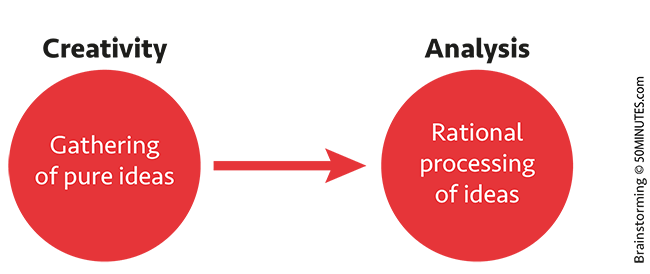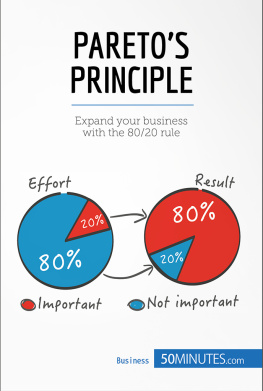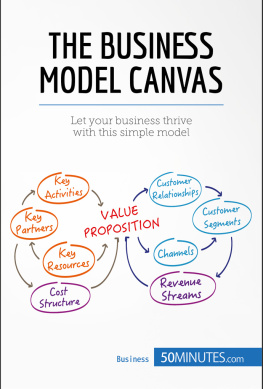Since competition and rivalry in a professional setting are tough and merciless, you must always be able to adapt to the demands of your clients. Furthermore, it is necessary vital, even for companies to innovate. These transformations can take place through internal reorganisation, the creation of new products, investing in a new niche, etc.
Before committing to one of these changes, it is important to set aside some time for reflection in order to define your objectives and give yourself the means of finding creative and innovative solutions. And what could be better than getting employees to participate in this research? Indeed, teamwork is a strength as well as a necessity: a company cannot rely on the creativity of a single person if it wants to make progress. But how can you best use the creative resources of your team and achieve concrete and innovative advances?
Many people resort to brainstorming: it is a method that everyone knows, or at least thinks they know! It is often seen as an ideas fair, during which participants have a lot of fun. However, when it comes to drawing conclusions, the group is often helpless when they have to sort through all the ideas that have been generated. Hours go by, and no concrete decisions are taken! Disillusionment and demotivation set in, as the participants feel as though they have done all that thinking for nothing. You may well have already been in this tricky situation.
However, the method has proven its worth. If mastered, it allows you to tap into the creativity of a whole group and becomes a powerful tool for your company. Despite its image as a relaxed meeting, this method actually requires a great deal of care in its planning and management. Paradoxically, you will motivate your team the most and lead them in the right direction by establishing a precise framework.
Brainstorming is identified as a time of greater freedom, whereas the rest of the time our day-to-day work is split between following guidelines and executing our plans. It is also the time that allows us to align various participants thoughts so that everyone can make the overall strategy of the company into their own strategy (Pascal, head of an IT maintenance team for a mutual insurance company).
Organised brainstorming: the basics
Since it was first used in the 1940s, brainstorming has produced conclusive results. Its creator Alex Osborn (1888-1966), the director of a large American advertising agency, developed the method of the meeting. In doing so, he was trying to respond to the demands of his clients who were looking for creative ideas for their advertising campaigns. Since then the method has evolved and, in proof of its effectiveness, been adopted by a great number of companies.
Brainstorming is based on two premises:
- Each person is gifted with a certain degree of creativity and can be a source of new ideas.
- We tend to not express these ideas, partly out of social conformism, but also because our rational side often quickly comes out on top. Consequently, we must do everything possible to counter this double influence which deforms our ideas.
Logically, brainstorming is also based on a double movement. First of all, pure ideas are gathered, which calls on our creativity, then these ideas are processed rationally, which is based on analysis. This is the foundation of brainstorming, and you should always keep it in mind.

The group leader: the architect of success
The role of the group leader is essential, but often neglected. They are in charge of preparing the brainstorming session, ensuring that it runs smoothly and obtaining the final result. They do not manage the content, but the form: they are therefore not strictly speaking a participant, as they do not put forward ideas. This neutrality is recommended: if you want to occupy this role, this entails withdrawing from the discussion.
During the meeting, the group leaders main tasks are to:
- ensure that the participants fully understand the aim and the issues of the brainstorming session;
- stimulate creativity with the help of different techniques and see that everyone can express themselves;
- get the group back on track if they lose sight of the aim and manage possible conflicts;
- supervise the analysis phase and see that the group selects the most suitable solutions to achieve the aim set;
- see that the time set aside for the meeting is kept to.
The most important qualities of the group leader are observation and listening skills. They must be able to make the group feel comfortable, while at the same time commanding respect. This role may seem difficult at first, but it can be learnt.
Extra information
In order for the group leader to focus fully on their task, they will ideally be accompanied by an assistant, whose only duty is to note down the ideas put forward.
Preparing for the meeting
Establishing its objective
Behind a brainstorming session, there is an objective to achieve: this can be an idea for a new product, the creation of a new graphic chart which illustrates the companys values, the optimisation of production, etc. If you are working for a client, they generally set the objective themselves. Your mission is then to suggest suitable solutions to them. You should plan the meeting and determine the working methods to be used based on the goal to be reached.
Paradoxically, the more specific you are in your mission statement, the more you will force your team to be creative to overcome the constraints. For example, how can you persuade 20-25 year olds to buy a range of products? How can you establish a particular product in the South?
Putting together the group
The other cornerstone of brainstorming is the group itself. A common error is to call on staff from a single department of the company. Conversely, you should look for participants with varied profiles. For technical innovation, you could bring together designers, engineers, sales representatives, accountants, etc. To return to the example of selling a product to 20-25 year olds, you should include people from this age range in your group. In some circumstances, you will have no choice: the group will be dictated by the clients or by the context of the company (for example, an SME with few employees).





















